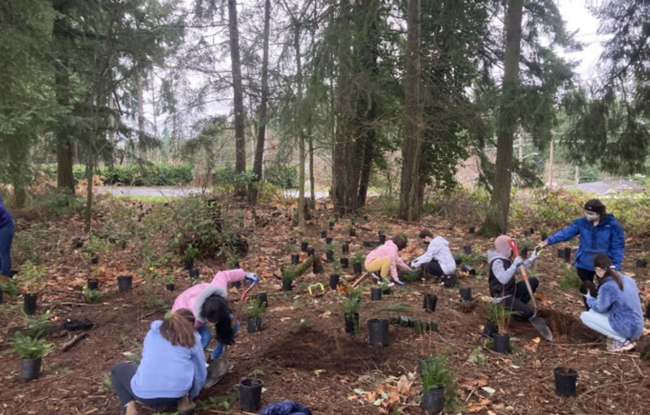
“How do I empower my students,” I wondered, “during our ecosystem unit with studies that are place-based?” I wanted students to fall in love with the plants and animals of our bioregion, not only with ecosystems halfway around the world.

Building community: Sama Wareh on co-leading Art and Wilderness Institute
Educator Highlights . ResourcesIn our Educator Highlights, we share ideas, celebrate change makers, and chat with educators who inspire us. This year, we’re celebrating Sama Wareh, a naturalist and program co-founder of the Art and Wilderness Institute based in Orange County, California. Sama Wareh nurtures an eco-conscious community of learners in Orange County and is the sixth educator

Adding a book to your hiking backpack or tote bag is always a good idea when hiking with children. Children’s books invite young readers to embrace their sense of wonder, explore nature with care, and celebrate being outside.

‘If Students Love Nature, They’ll Protect It’: Why Scott Stewart Values Experiential Ed
Educator Highlights . ExplorationIn our Educator Highlights, we discuss ideas and innovation with educators who inspire us. This fall, we’re celebrating Scott Stewart, a program director who designed and implemented a new experiential education program in South Korea. Scott designs experiential education experiences that promote personal growth and environmental stewardship. Hailing from Michigan, he is a world traveler who

Plant pressing is a simple and easy way to notice details and beauty in the natural world. It’s also a great way to record local biodiversity and appreciate the seasonality of a place. Not sure where to start? This article will cover the basics of plant pressing and also offer three tips from “the pros.”

We hold the old adage, “Everyday is Earth Day,” close to our hearts, while also acknowledging that it is nice to have one specific day each year to recenter our intentions and connection to the land beneath our feet.

Thank you to London Lacy, for being one of those people to reach out and tell us what her work entails. London is an Environmental Coordinator whose work in Arizona helps keep species safe.
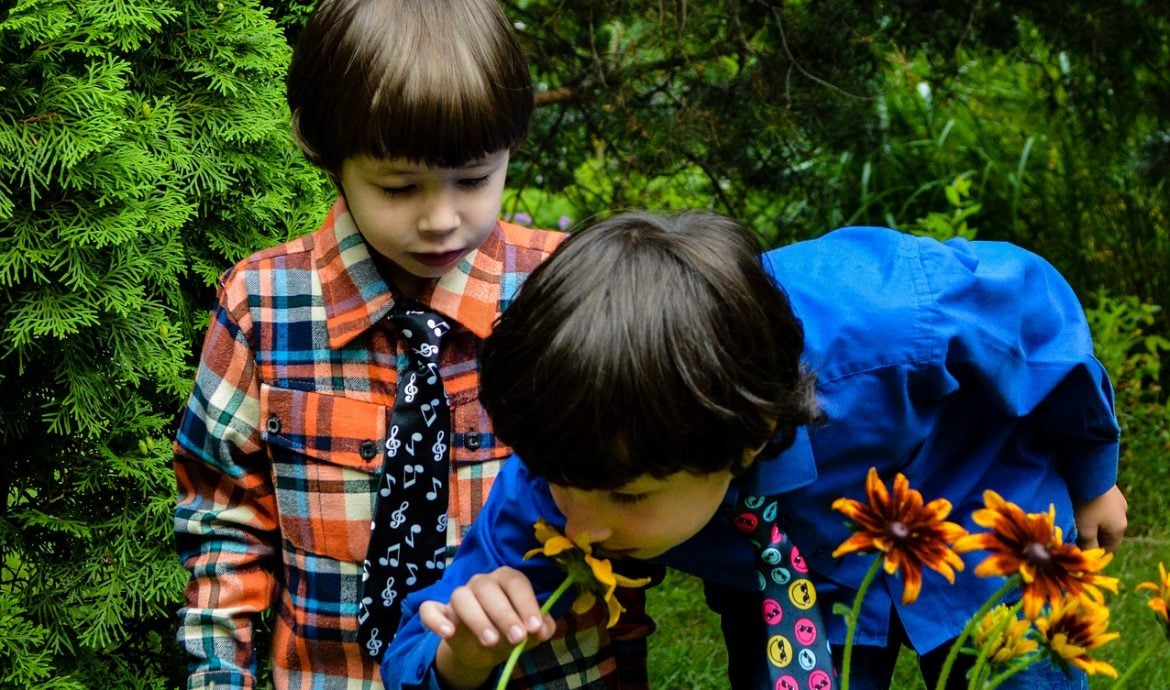
How important is it to teach our children about birds, butterflies, pollinators and the natural world in their own backyard? Extremely important, according to experts.

In our Educator Highlights, we go behind-the-scenes with educators who inspire us. This season, we’re excited to feature Day Scott, wildlife photographer, environmental educator, and birder known for her playful and educational social media posts aka “Bird Stories” on Instagram as @TheWildernessGoddess.

Build Your Own Birdhouse: Ideas for Backyard Birding
Environmental News . ExplorationSheltering-in-place has definitely expanded our appreciation for nature and creative pastimes. It’s no surprise that many people have turned to backyard birding as a free way to relax, get fresh air, and add enjoyment to their days.
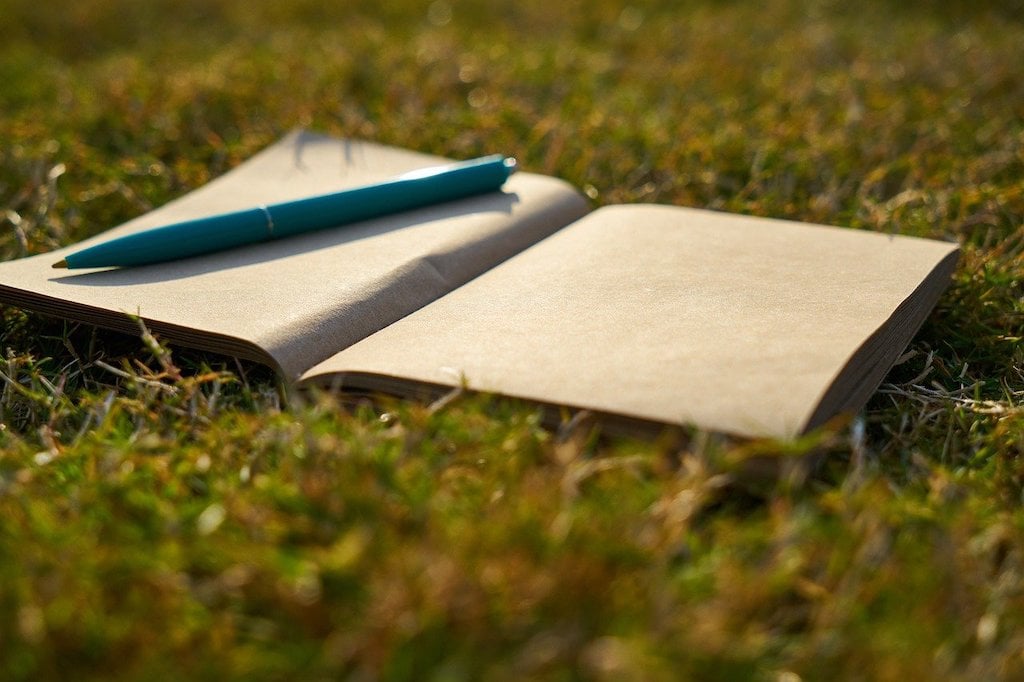
Here are three equity-centered workshops that we recommend, brought to you from NAAEE. Whether you are an interpreter, parent, guardian, student, researcher, STEM scientist, activist, outdoor educator—there is something here for everyone to expand upon.

We’ve compiled a few resources here, with topics ranging from centering equity within an organization to addressing systemic racism at a personal and institutional level.
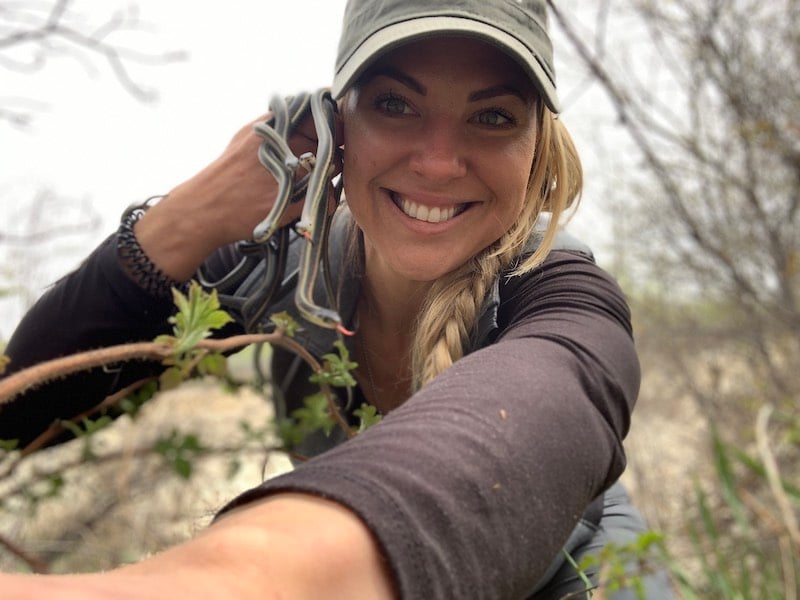
We’re excited to feature Mallory Lindsay, a wildlife educator, and science communicator. Mallory is also known for her live nature classes and the dynamic way that she engages her audience of all ages.
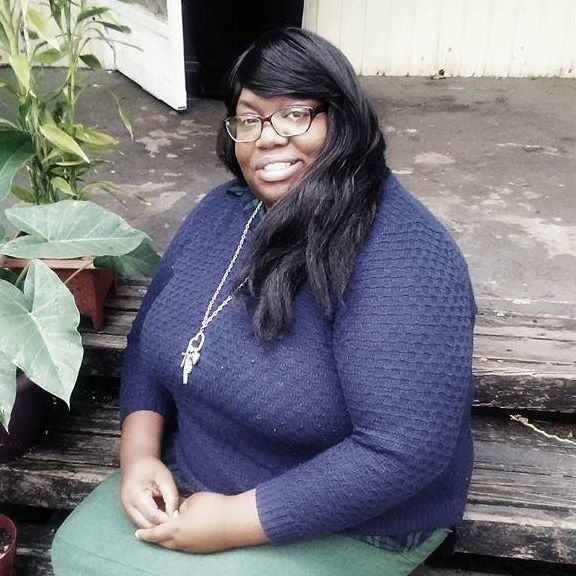
Latrece Johnson on how Environmental Education Is All about Community
Educator Highlights“Environmental education is a community thing for me. I tell my students all the time, if you put litter on the ground, it’s more than just the litter now.”

What can communicate without a brain, move without legs, and are real-life “Transformers?” Slime molds! Here’s nine little-known facts about them.

